Содержание
- 2. Putting it all together Evaluating your project and managing it
- 3. What have we done so far? A quick summary of what we have covered so far
- 4. In session 1 we looked at The term project and we defined it. The features of
- 5. And we looked at Project Roles - Sponsor, Champion, Manager, Team, Stakeholders. The Attributes of an
- 6. Tools & Techniques QUAD chart TITLE PURPOSE (AIMS/OBJECTIVES) AUDIENCE or STAKEHOLDERS (DRIVERS / SUPPORTERS / OBSERVERS?)
- 7. Tools and techniques
- 8. We then looked at A real life example of a project. Audience and when and how
- 9. The Constraint Triangle RESOURCE (COST) SCHEDULE (TIME) PRODUCT (SPECIFICATION) What is most important?
- 10. And we looked at Risk Management Strategies Categorising Risk Tool & Technique Risk Assessment Tool &
- 11. Tool & Technique Risk Assessment Risk Analysis Grid
- 12. Tool & Technique Boston Chart High Risk Low Return High Risk High Return Low Risk High
- 13. Project Familiarity
- 14. And we looked at Work plans, their detail and how to do one. Tool & Technique
- 15. Tool & Technique Work Breakdown Structure Jigsaw model ELEMENTS
- 16. Methods for Developing a Work Breakdown Structure Bottom-up approach (using Brainstorming) This is the most appropriate
- 17. Tool & Technique Network Diagrams A flow-chart that illustrates; The order in which tasks will be
- 18. Tool & Technique Activity-in-the-Box Network Diagrams (precedence) START Activity 1 t1 = 5 Activity 2 t2
- 19. Activity-in-the-Box Network Diagram (Making the Tea) START Fill Kettle Switch Kettle On Boil Water (Initial) Scold
- 20. Gantt Chart Named after its originator Henry Gantt. A Gantt chart is a graph which illustrates
- 21. Tool & Technique The Gantt Chart
- 22. Tool & Technique Critical Path Analysis (for Making the Tea) START Fill Kettle Switch Kettle On
- 23. Effect of Resource Changes New Technology! START Fill Kettle Switch Kettle On Boil Water (Initial) Scold
- 24. And you Reviewed your QUAD chart Produced a work breakdown structure Produced a Network diagram ?
- 25. Back to our model of the project life cycle
- 26. Project Life Cycle Evaluation Phase (The Wrap-up) DO PLAN REVIEW Conception Phase (The Idea) Definition Phase
- 27. EVALUATION
- 28. Exercise Why might we evaluate our finished project?
- 29. The Evaluation phase or wrap up A vital stage. It helps us to: ∙ identify if
- 30. Evaluation Project Evaluation helps us learn from our mistakes and reflect/review the things that worked well
- 31. Evaluation – a definition “To determine the value of”. “To judge or assess the worth of”
- 32. So what do we evaluate and how? We evaluate either the whole project or elements of
- 33. Hard or Soft evaluation? Depends on nature & type of project Hard Soft measurable, people solid
- 34. Hard evaluation For some organisations the only factor to evaluate is whether the project as made
- 35. Evaluation can be Summative: accountability, rating, scores ‘marks out of 10’ HARD Illuminative: insights into experiences,
- 36. Softer Evaluation can measure at different levels: Reaction: ‘was the experience useful?’ Learning: ‘what skills and
- 37. What do we evaluate? The finished project/product? The process we went through? Both?
- 38. When do we evaluate? Just at the end of the project? Regularly throughout it? Both?
- 39. Class exercise How do you think you might go about evaluating your project? Will the choice
- 40. How to evaluate your project Review your QUAD chart, Stakeholder Analysis, Risk Analysis et cetera i.e.
- 41. Evaluation - types of question Did the project achieve what it was supposed to do? (meet
- 42. Evaluation – Delta Evaluation What did we do differently? Sometimes known as “Delta Evaluation”. Asking this
- 43. Evaluation - types of question Did we make a profit? Did we meet all Health and
- 44. Evaluation – broader types of questions to ask Did we do…… Was that correct… Did that
- 45. For each type of question we need Either facts/figures/statistics to answer it, or we need explanations
- 46. ? Having trouble obtaining the facts you need to carry out an effective evaluation? Or are
- 47. THE SIX WHYS or Root Cause Problem Solving Simply ask the question "why" up to six
- 48. Rudyard Kipling’s The elephant’s child (extract from) I Keep six honest serving-men (They taught me all
- 49. Cognitive dissonance If you faced with two contradictory pieces of information than you may be thrown
- 50. A more formal evaluation is a Post Implementation Review This is a formal means to identify
- 51. POST IMPLEMENTATION REVIEW Will always be industry-specific. Your organisation, customer, funding body will have their own
- 52. POST IMPLEMENTATION REVIEW During the Post Implementation Review the following points may need to be covered:
- 53. POST IMPLEMENTATION REVIEW - Basis Was the project purpose clearly defined? Did the project have a
- 54. POST IMPLEMENTATION REVIEW - Control Were the appropriate levels of control in place? Were the right
- 55. POST IMPLEMENTATION REVIEW Personnel – Project Management Was the project manager experienced enough? Did they have
- 56. POST IMPLEMENTATION REVIEW Personnel - Project Team Was the team size right? Were they the right
- 57. POST IMPLEMENTATION REVIEW Personnel – Conduct Did the manager and team behave in a professional way?
- 58. POST IMPLEMENTATION REVIEW - Plans Were plans produced? At the right level? Were they used? Were
- 59. POST IMPLEMENTATION REVIEW - Working Method Were useful techniques employed? Were appropriate tools made use of?
- 60. POST IMPLEMENTATION REVIEW - End product Will it fulfil its business and functional objectives? Will it
- 61. MCKINSEY’S 7S model framework of interdependent variables Can be used for planning stage or at evaluation
- 62. Running & Managing the project
- 63. Running & Managing the project Finally after all that planning we can now actually do the
- 64. Best-case scenario You as the project manager are allowed free reign to pick and choose a
- 65. Putting your Project Team together Best case scenario If you are lucky enough to be able
- 66. Your project team Remember – it is how well the people work together as a team
- 67. EXERCISE What tools could you use to help you find out more about what makes potential
- 68. Tools & Techniques for putting your team together – some useful ones Use Belbin’s Team roles
- 69. Belbin’s Team Roles Developed by Meredith Belbin. His research on management game exercises found that the
- 70. Belbin’s Team Roles CO-ORDINATOR SHAPER PLANT MONITOR EVALUATOR IMPLEMENTER RESOURCE INVESTIGATOR TEAM WORKER COMPLETER FINISHER SPECIALIST
- 71. Kolb’s Experiential Learning cycle also Honey and Mumford’s Learning Style Questionnaire David Kolb developed a highly
- 72. One version of the experiential learning cycle Do Review Learn Plan
- 73. Honey and Mumford’s Learning Styles Honey and Mumford’s Learning Style Questionnaire can provide picture of what
- 74. Honey and Mumford’s Learning Styles Reflectors - like to think about things in detail before taking
- 75. Honey and Mumford’s Learning Styles Theorists - like to see how things fit into an overall
- 76. Myers-Briggs Personality types MBTI Self reported first stage questionnaire, followed by longer 93 question self reported
- 77. Myers-Briggs Personality types Introvert or Extrovert – what motivates them? Sensing or Intuitive – what they
- 78. Keirsey Temperament Sorter Self assessed personality questionnaire. Closely associated with the MBTI – but has significant
- 79. Keirsey Temperament Sorter Sorter descriptions Observant vs introspective Cooperative vs pragmatic Directive vs Informative communication Expressive
- 80. Keirsey Temperament Sorter Four main temperaments: Artisan, Guardian, Idealist, Rational Eight intelligence types: Expeditors, Improvisers, Administrators,
- 81. 16 PF Cattell Personality Inventory Developed by Raymond Cattell in 1946 based on work by Allport
- 82. The Big Five Personality Traits Neuroticism – tendency to easily experience unpleasant emotions such as anger,
- 83. The Big Five Personality Traits Conscientiousness – tendency to show self discipline, act dutifully, aim for
- 84. The Big Five Personality Traits Barrick and Mount’s research proved that there are significant correlations between
- 85. NEO PI-R Neuroticism Extraversion Openness Personality Inventory - Revised Developed by Costa and McCrae. 240 questionnaire
- 86. Personal Preference Questionnaire PPQ Gives leads on personality and outlook. Open ended test comprising names of
- 87. Holland Codes John Holland’s theory of career/vocational choice or Occupational Congruency model. People are attracted to
- 88. Ipsative But be aware of the word ‘ipsative’ That is; people who do well or score
- 89. Forer effect Where an individual gives a high rating to a positive description that they believe
- 90. You need good “van drivers” on your team Find out people’s skills, knowledge and experience. Find
- 91. Find out about potential team members Use any contacts you have to find out as much
- 92. Best-case scenario??? You as the project manager have been allowed free reign to pick and choose
- 93. Worst-case scenario? Or what happens in real life…. You are given a team of people who
- 94. Types of People The project manager may have to work with many different types of people.
- 95. The cat The Cat – long periods of inactivity followed by short bursts of intensive (almost
- 96. The cat
- 97. Sherman tanks Hostile aggressive people always on the attack and looking for an argument
- 98. Snipers Subtle cunning people that want to undermine you the project manager by encouraging you to
- 99. Complainers Powerless people; they just want to complain about anything Typically might complain about what ought
- 100. The Bull in a china shop A rushing disaster area
- 101. Clams Silent and unresponsive, avoid eye contact. Fear of failure. May lack confidence
- 102. The self appointed expert A subset of the meddler. They always know ‘the best’ way or
- 103. The indecisive Errr, Errm, um, errr Errr, errm, errrrr
- 104. The indecisive Finds it very difficult to make a decision. There is never a black and
- 105. The ‘office joker’ Everything, no matter how serious has to involve a laugh and a joke.
- 106. Balloons Need and seek continual admiration, adoration and praise to inflate themselves and their own deflated
- 107. The Procrastinator Always puts it off until tomorrow Is ‘just about’ to get started, but rarely
- 108. The Ostrich Just ignore problems and hopes that they will go away. But the problems rarely
- 109. The Jobsworth Are extremely clear about their, often limited, scope of work. Claims it is impossible
- 110. Bulldozers Supreme confidence in their expertise, they feel they alone have the power to solve things.
- 111. The coaster Has been doing the job for years. Is lacking motivation and has, perhaps, been
- 112. The Checker Can’t do anything without first checking with you that it’s ok to do it.
- 113. Stallers aka Delayers Continually find reasons not to do things, wants to delay, postpone, put off
- 114. Bullsh***ers Not the people who like to use bull to gently joke or amusingly distort the
- 115. Micro managers or Meddlers “I’m in charge here” like to take over, interfere, get involved with
- 116. Type A stress carriers Most things stress these people out. Their “can do”, proactive attitude, can
- 117. Stone tablets They have the rules & regulations, shoulds and oughts under control. They know the
- 118. ‘Ain’t it awfullers (The moaner) The people who spend more time moaning about how badly they
- 119. The Waffler Loves to talk to anyone about anything. Full of verbal diarrhoea Waffle, waffle, I
- 120. The Rumour Merchant Loves juicy gossip and passing on ‘confidential’ information Never bothers to check the
- 121. The hypochondriac Believes they are ill or unwell (and perhaps if they believe this then they
- 123. The backstabber or Judas Undermines you, your reputation and your authority behind your back
- 124. The Life & Soul of the Party Work and working hours are merely a distraction from
- 125. Superagreeables Whatever anyone in a position of authority suggests, no matter how silly, totally inappropriate, or
- 126. The dictator or control freak Everything must be on their terms. Everyone is at their beck
- 127. The psychopath Are your bosses grandiose, manipulative and unable to feel remorse? Do they relate to
- 128. Exercise Pick any 3 or 4 of the types of people. Identify some specific things you
- 129. Possible solutions to tricky people The cat – let them get on with it, as long
- 130. Possible solutions to tricky people Micro managers - be very specific about what they are and
- 131. Possible solutions to tricky people Complainers - get them involved and give them some authority. Listen
- 132. Possible solutions to tricky people Negatavists - empower them, don’t be drawn into their negativity, don’t
- 133. Possible solutions to tricky people Superagreeables - try to understand why they want to please people,
- 134. Teambuilding Useful site is www.teamteachnology.co.uk
- 135. Building the Project Team Teams often go through distinct stages in their development. These stages may
- 136. Tuckman’s Rainbow stages of team development
- 137. Stages of team development Forming – initiation of the group, some anxiety amongst members as people
- 138. What Tuckman’s Rainbow implies That teams do not just come together and start working at maximum
- 139. Running the project Doing the do But first let’s review why projects can go wrong.
- 140. Why do so many projects fail to meet expectations? Hughes (1986) identified three main reasons for
- 141. Your attributes? Excellent time management skills ‘Can do’ proactive attitude Adaptable, flexible, Decisive and realistic Working
- 142. Communication – keeping everyone on board Some members of the project team will be very positive
- 143. Communication The effective manager needs to use appropriate communication skills
- 144. Use Appropriate Communication 2005 Plain English Golden Bull award winner- Australian Taxations Office for its Goods
- 145. Communication Use ‘appropriate’ communication E.g. for the sponsor or auditors a detailed financial report may be
- 146. For example….
- 147. Or how about…?
- 148. Motivation Motivating your project team
- 149. Motivation - motivating your project team – 3 key points Carrot or stick based motivation i.e.
- 150. Class exercise How might you as project manager motivate members of a project team? What steps/action
- 151. Motivation – the extremes? COMPLIANCE COOPERATION COMMITMENT The Plodder The Enthusiast Little Enthusiasm High enthusiasm Little
- 152. Remember the old parable of the tortoise and the hare… The slow plodder often gets there
- 153. Skill/Will Matrix & team members
- 154. MOTIVATION Vroom’s Expectancy Theory Vroom identifies human behaviour as being a function of two factors: 1
- 155. Vroom’s Expectancy theory In choosing between alternative behaviours a person will choose the behaviour which will
- 156. Using Vroom’s Expectancy theory to motivate a project team To use the theory to motivate staff
- 157. Using Vroom’s Expectancy theory Step 1 Define the expectations. - i.e. be clear what is required
- 158. Using Vroom’s Expectancy theory Step 3 Make the work achievable. Fear of failure is often demoralising
- 159. Exercise What motivates you? Do you know? Or In pairs or threes. Identify your top five
- 160. KEY PRINCIPLES FOR MOTIVATING OTHERS Be motivated yourself If you are not fully committed and enthusiastic,
- 161. KEY PRINCIPLES FOR MOTIVATING OTHERS Remember that progress motivates If you never give people feedback on
- 162. KEY PRINCIPLES FOR MOTIVATING OTHERS Explain the rules to people. Often people get de-motivated because “the
- 163. KEY PRINCIPLES FOR MOTIVATING OTHERS Link people’s personal goals with the project’s goals. Values, Passion, Ethics?
- 164. KEY PRINCIPLES FOR MOTIVATING OTHERS Give recognition where it’s due and when it’s appropriate Costs you
- 165. Motivation and reward Exercise? How might you provide fair rewards for members of your project team?
- 166. Enthusiast, Negativist or Realist?
- 167. Is the glass half full; or half empty?
- 168. Positive or negative team member? Is the glass half full or half empty? How might you
- 169. How might you deal with excessive exuberance or excessive negativity/caution? Is the glass half full or
- 170. URGENCY Useful to find out what your team members understand by urgent – make sure there
- 171. Quick class exercise Spend two minutes on this. Each person individually writes down answer “what does
- 172. What does ‘urgent’ mean? Drop everything and do it now! Next five minutes Next half hour
- 173. Urgency and Importancy grid
- 174. Triage An alternative to the urgency and importancy grid. Originally a battlefield medical term for a
- 175. Triage Originally categorised broadly as: 1 Severely injured. They are going to die anyway so don’t
- 176. Triage for project decision making -prioritising best use of scarce resources in the limited time available
- 177. MOTIVATION - Herzberg Herzberg’s Two Factor Theory Frederick Herzberg believed that workers became more productive when
- 178. MOTIVATION - Herzberg Motivating factors Factors related to the job itself Achievement Responsibility Potential for growth
- 179. MOTIVATION - Herzberg Hygiene Factors – don’t motivate but their absence can cause dissatisfaction. Work relationships
- 180. GOAL Theory Basic premise of Goal Theory is that people’s goals or intentions play an important
- 181. Maslow’s Hierarchy of Needs 5 needs in the hierarchy Self actualisation Esteem Love Safety physiological See
- 182. What do we do about (or with) people who don’t deliver the goods? We need to
- 183. Holding people accountable Tell others about the person’s commitment. Agree on a plan for monitoring the
- 184. Exercise What formal ways does your organisation use to make people accountable? What informal ways does
- 185. Holding people accountable Involve people who really have authority. Be specific about end results, objectives, timescales
- 186. Project management & Change An effective Project Manager has to be able to manage change. The
- 187. The Transition Curve
- 188. Transition curve principles 1 everyone will experience going through the transition curve when they are engaged
- 189. Transition curve and projects Within one project at the same time you may have some people
- 190. Moving people along the curve Get the champion to ‘sell the vision’ and the positive benefits
- 191. TOTAL LISTENING Six Components of Total Listening 1. Maintaining good eye contact 2. Leaning forward slightly.
- 192. Keeping an eye on the project The FOG acronym When provided with information about the project
- 193. The next step.. The next step is up to you. Project management is a practical subject.
- 194. Your assessed work for credit ! You need to hand in: 1. All of the self/study
- 195. Your assessed work for credit ! You need to hand in: 2 A final written summary
- 196. Your assessed work Please include your name and address with your work. Andrew Holmes Centre for
- 197. Further reading Fundamentals of Project Management James P Lewis, New York, AMACOM, 1995 How to Build
- 198. Further reading Project Management for Dummies Stanley E Portny 2001 Winning at project management: what works,
- 200. Скачать презентацию





















































































































































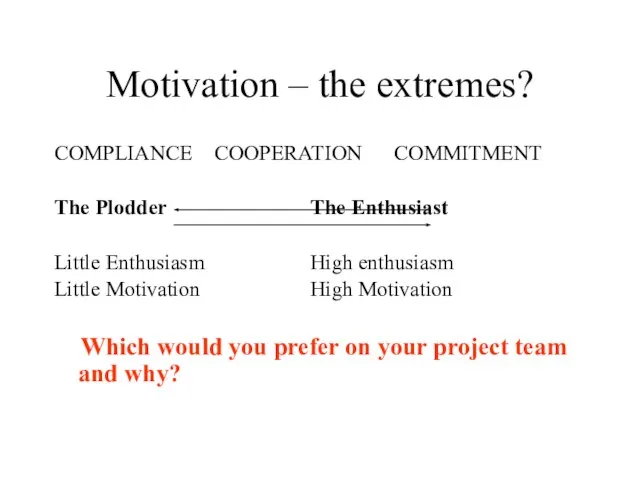
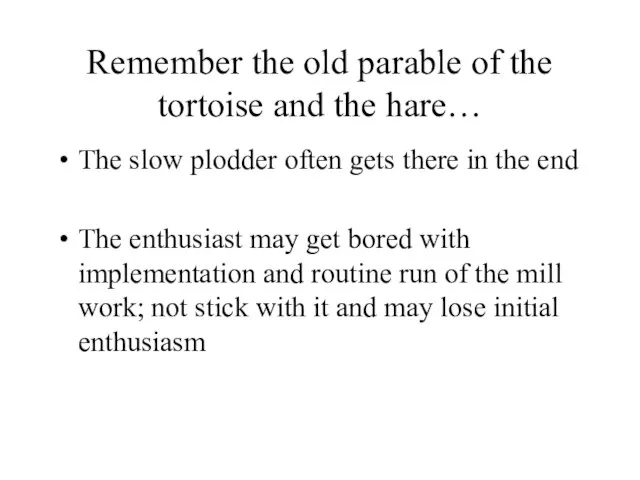
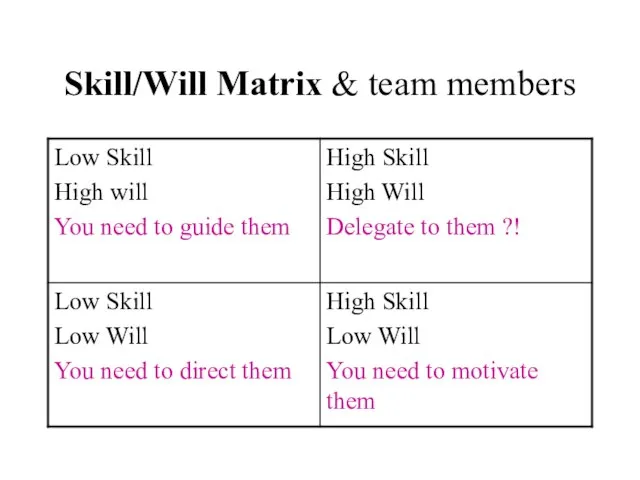
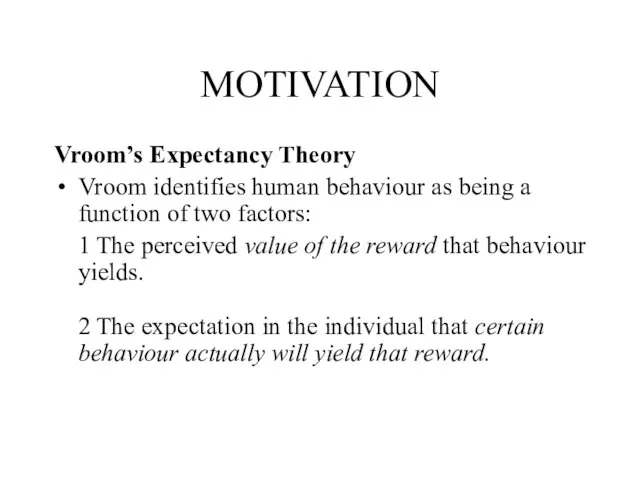

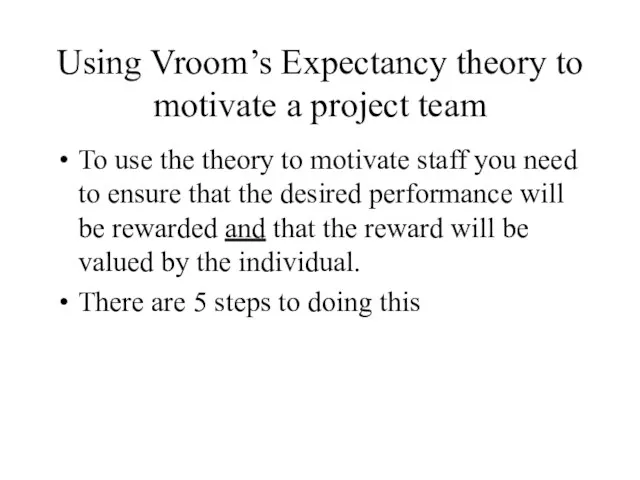
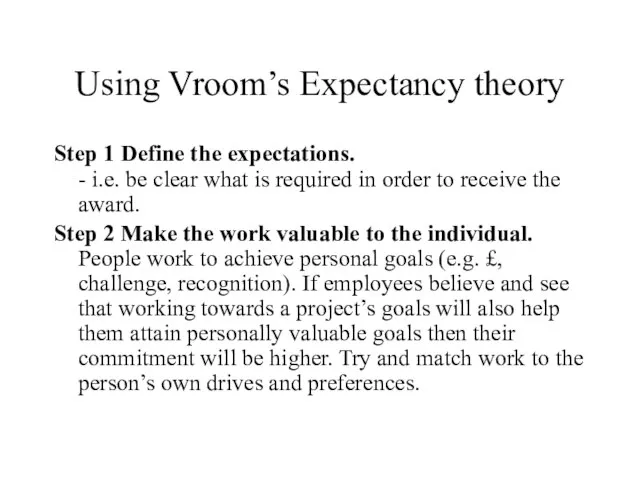
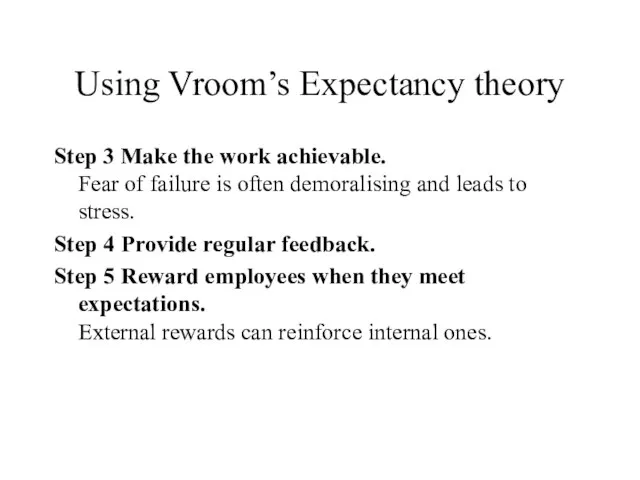
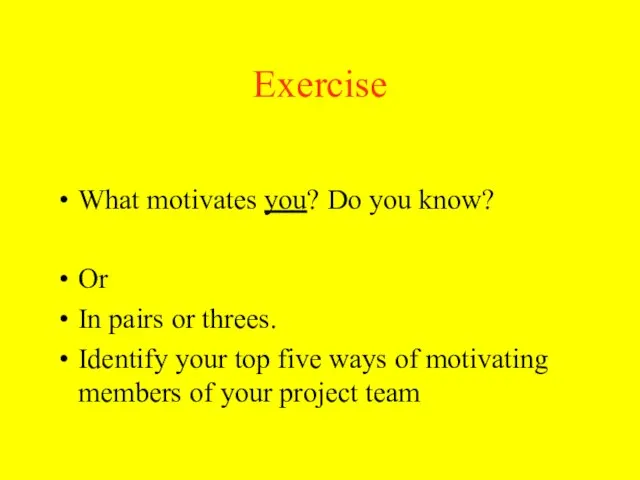
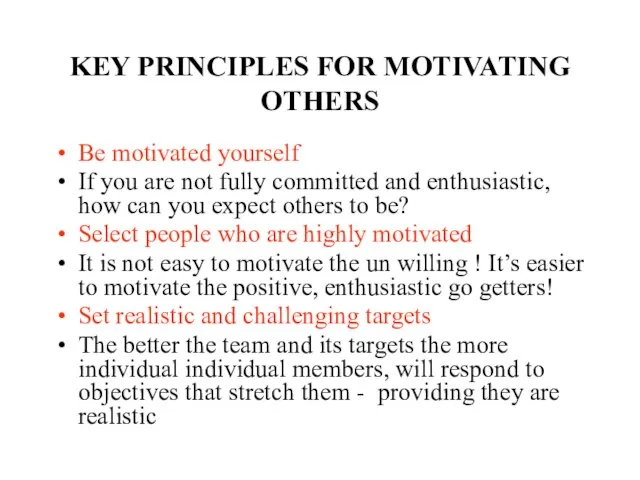
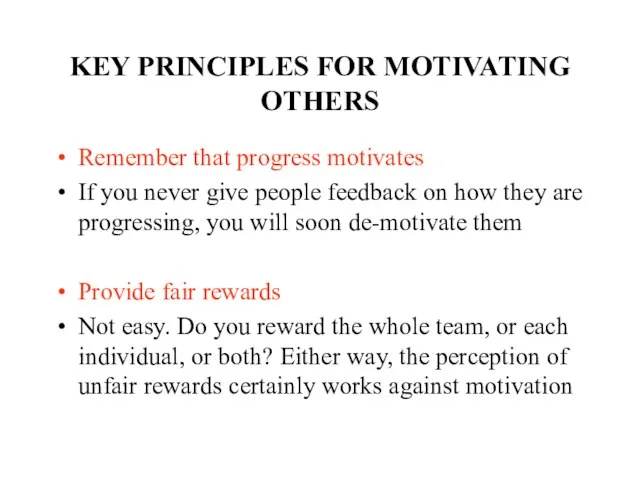
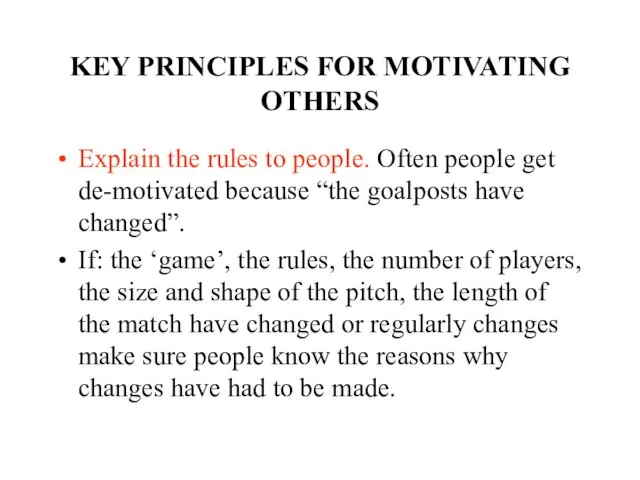
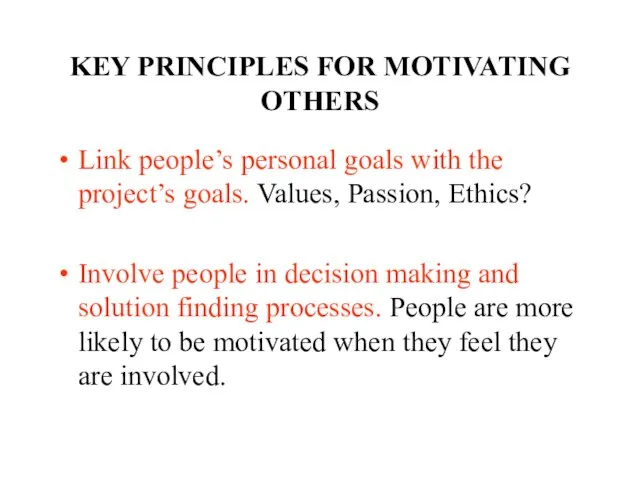
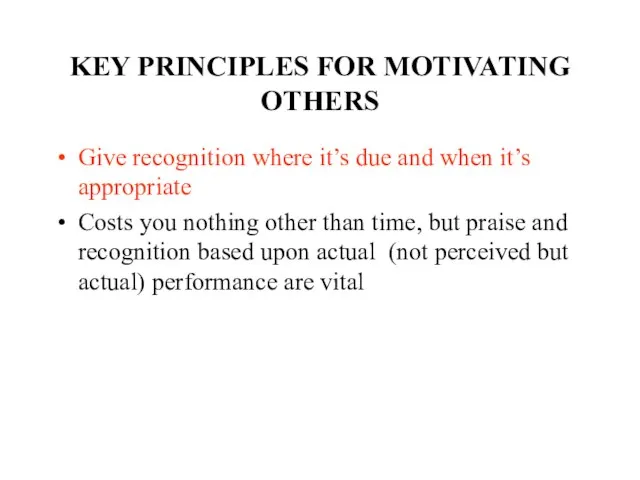
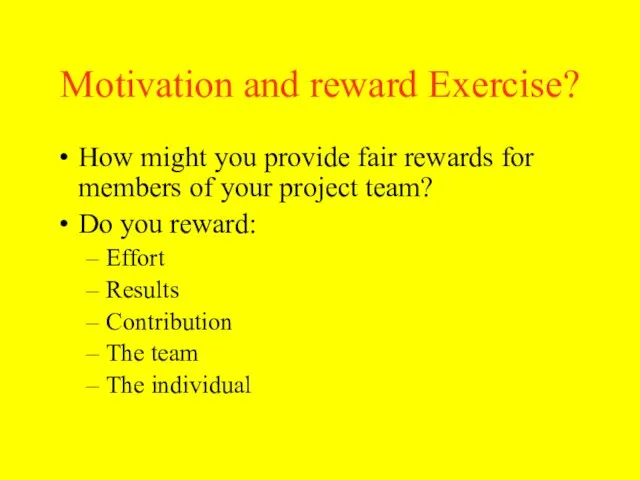
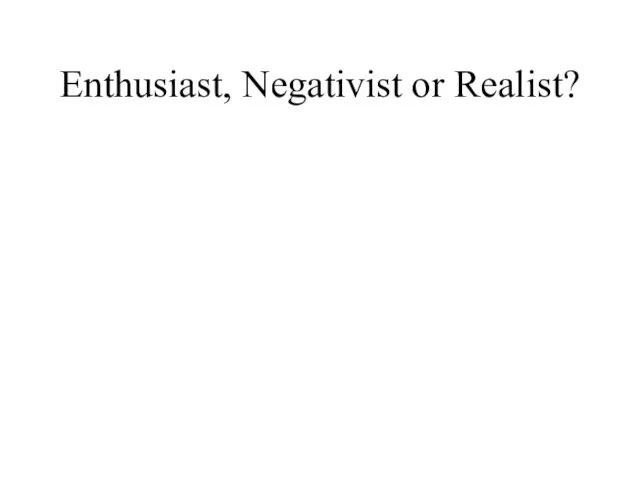

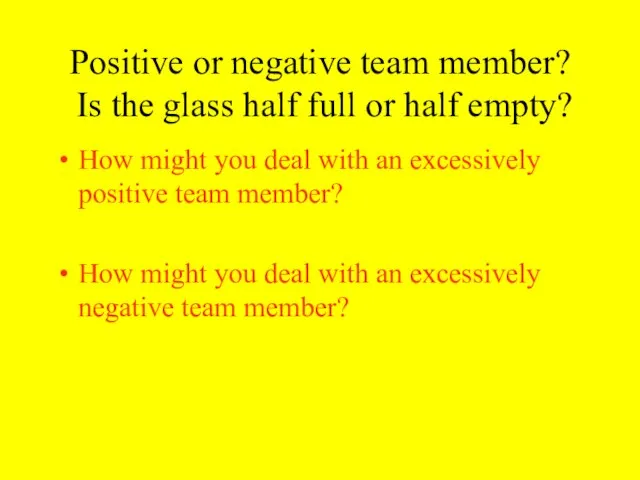

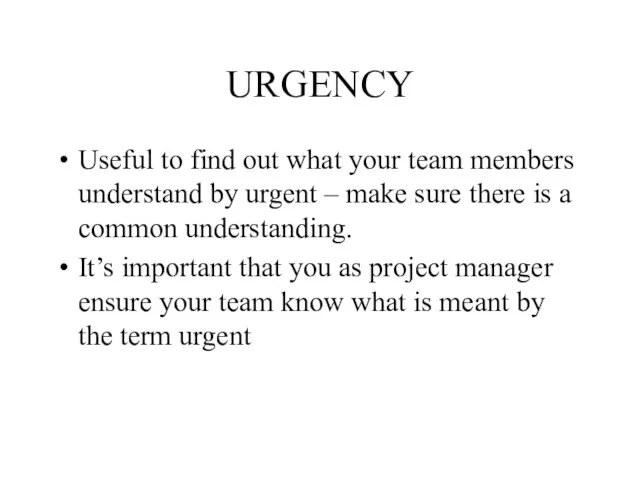
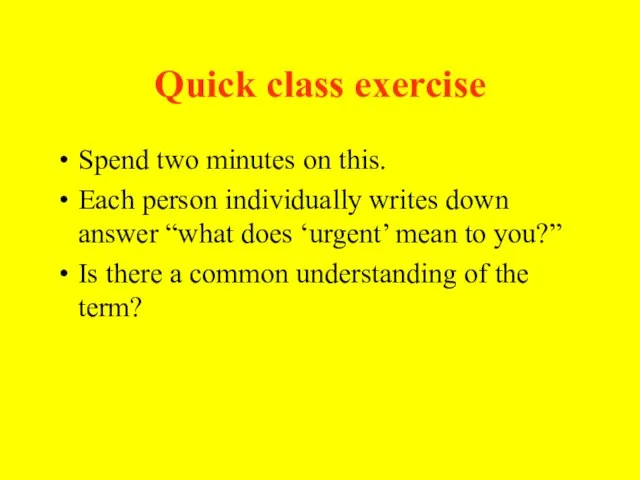
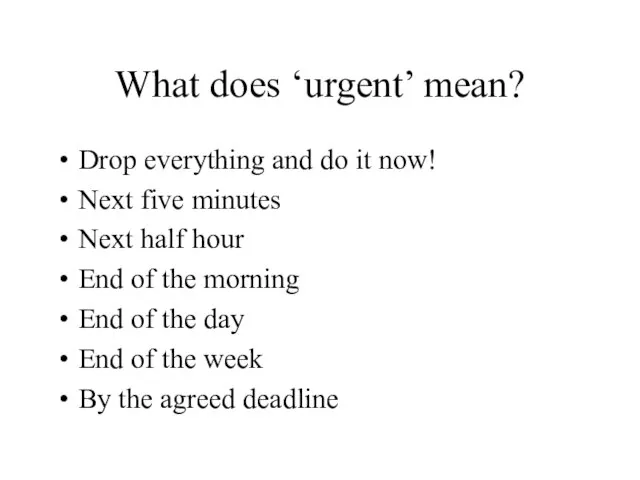

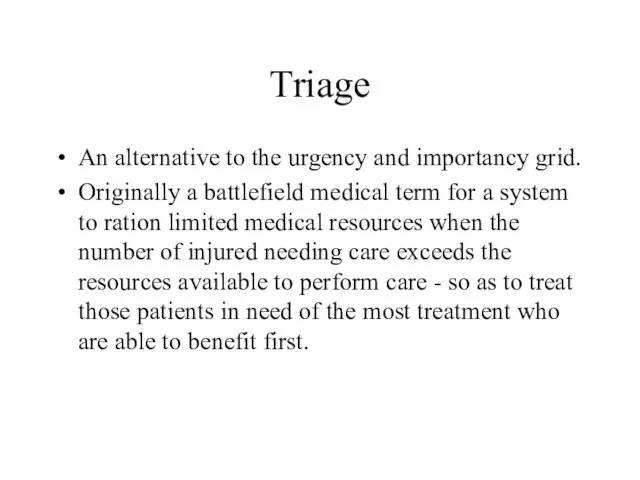
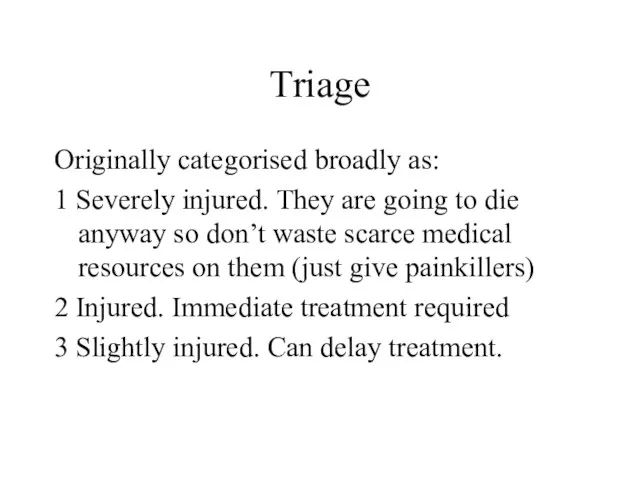

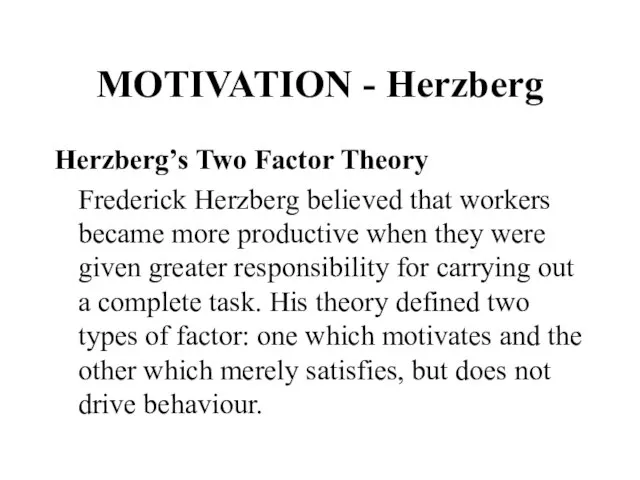
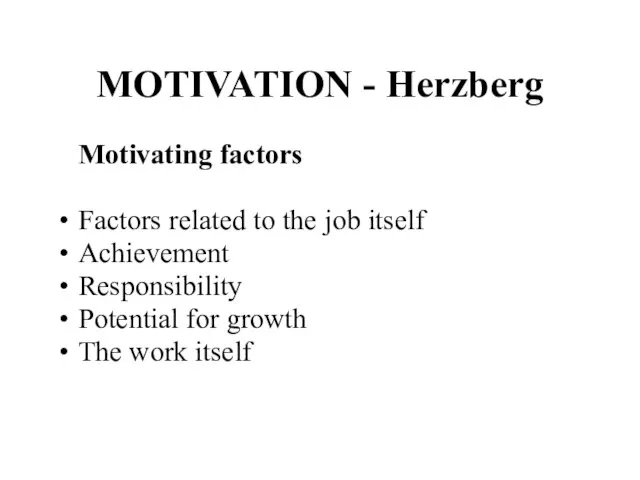
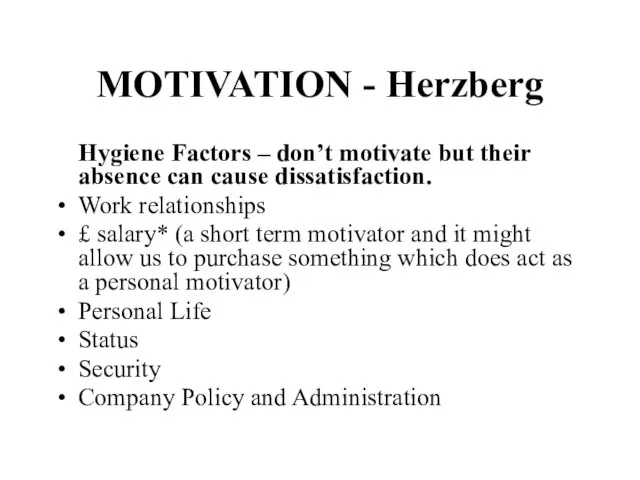
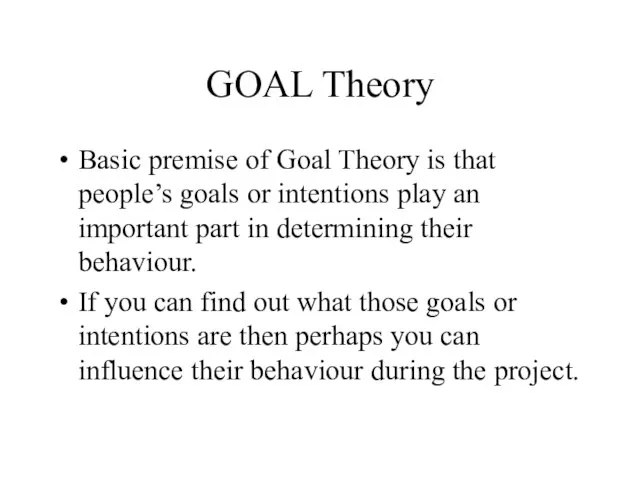
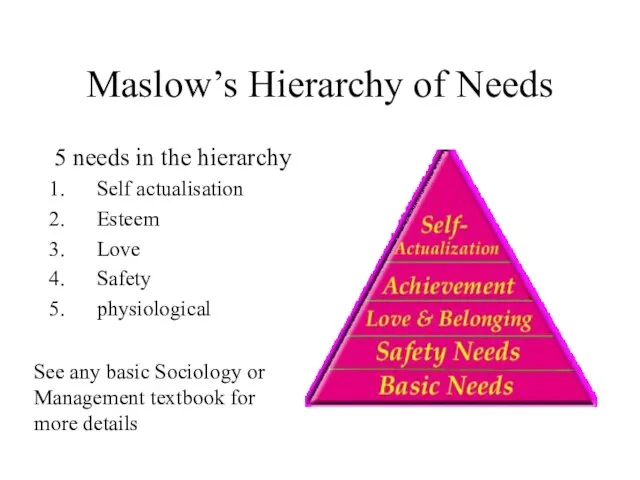
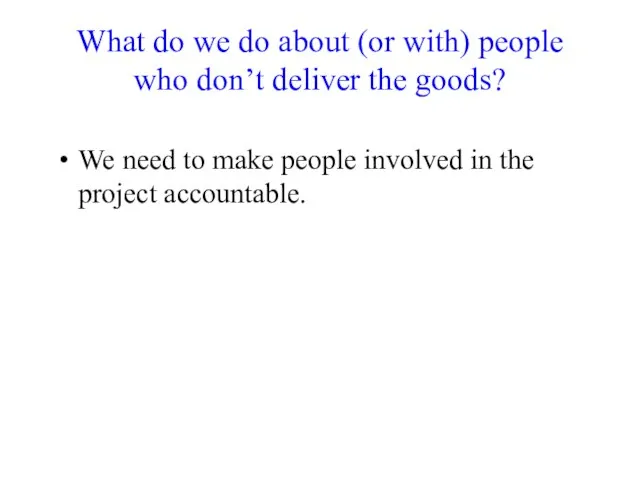
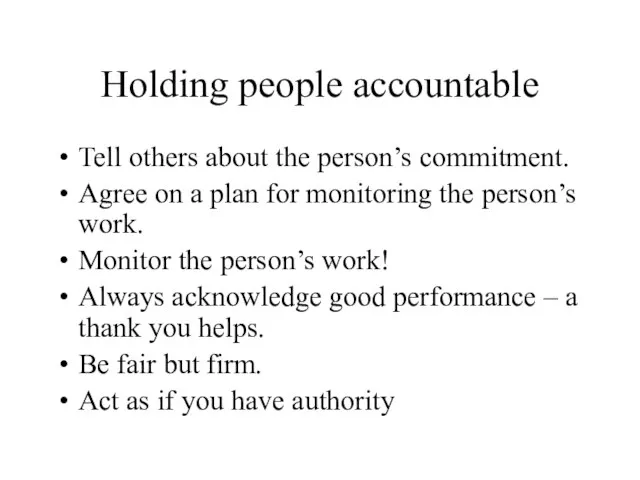
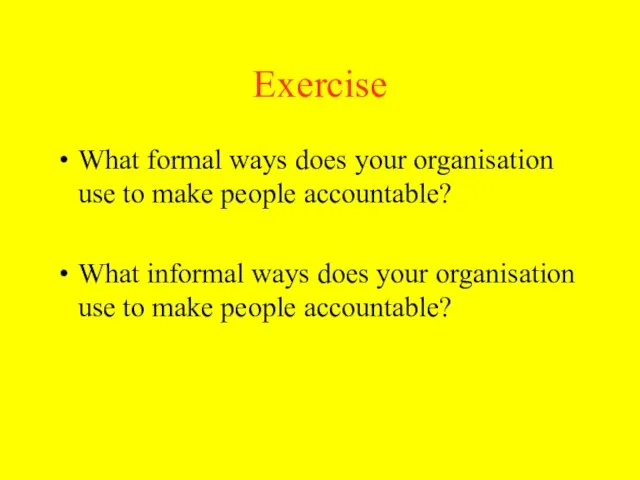
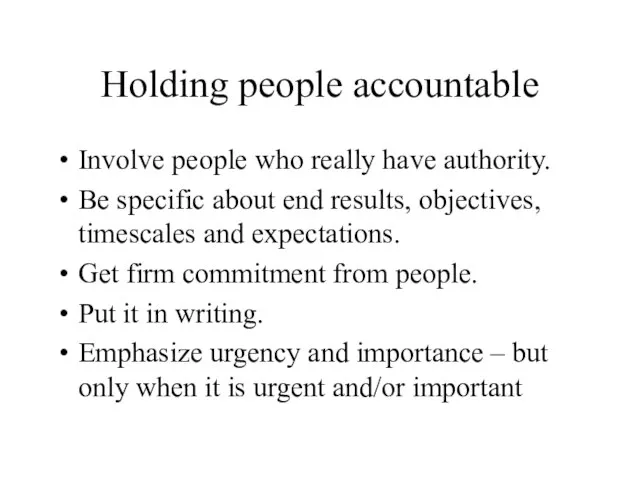
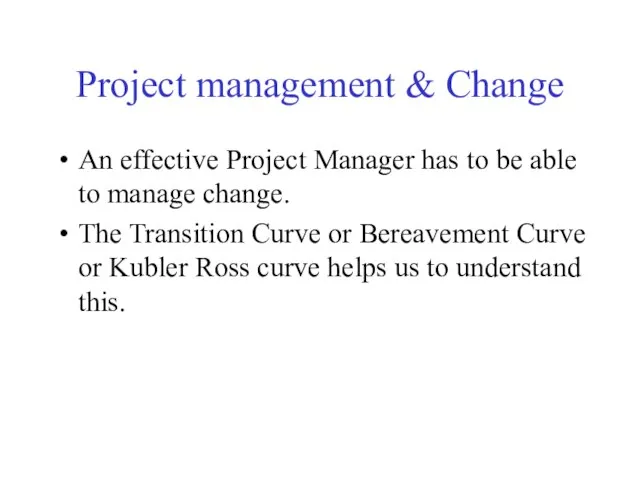
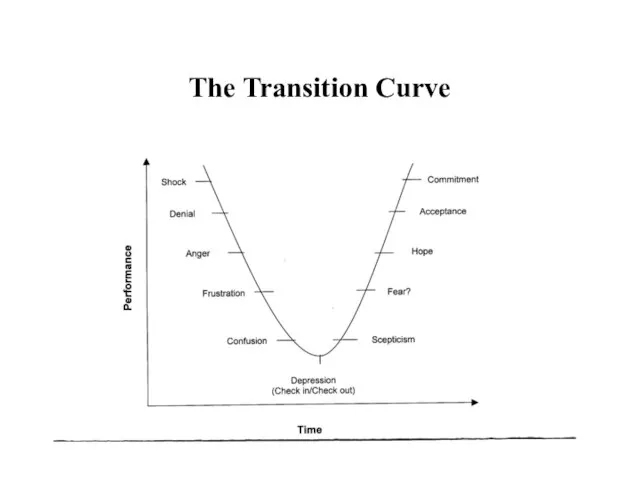
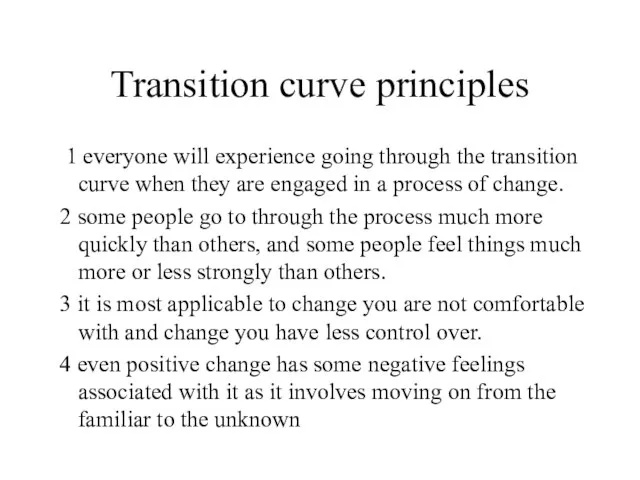
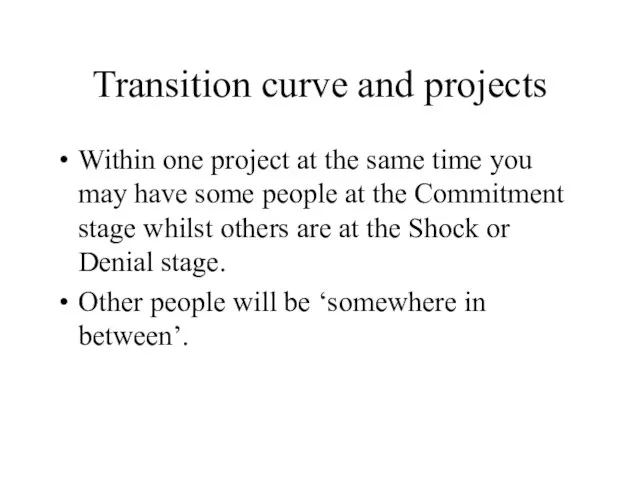
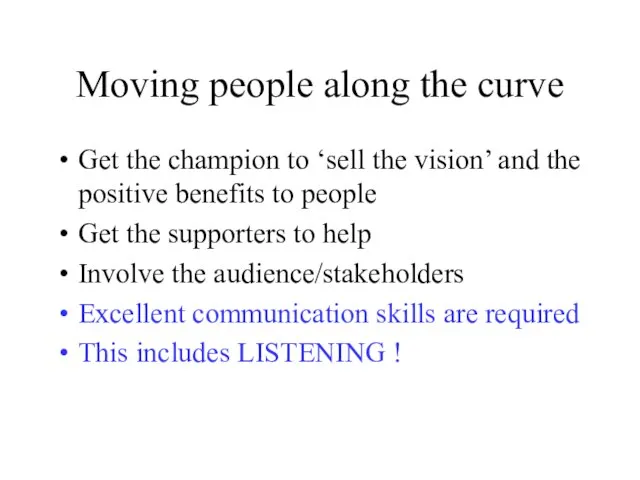
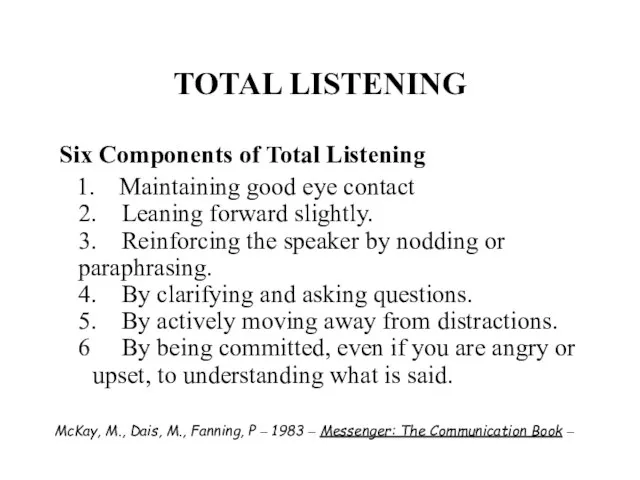
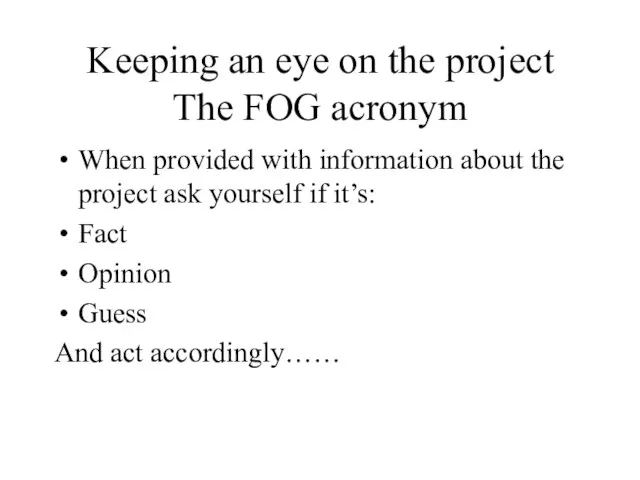

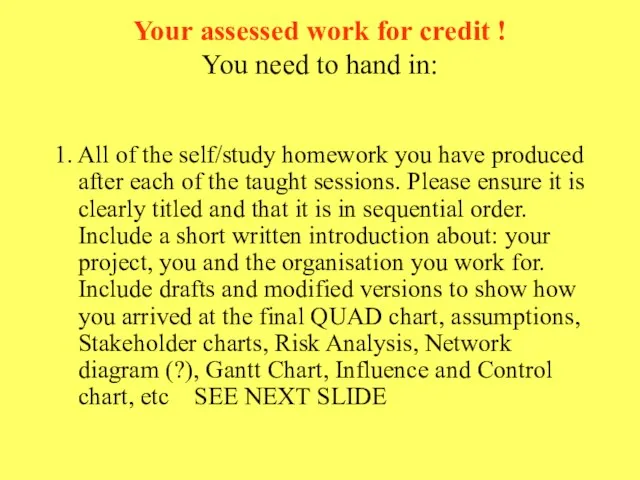
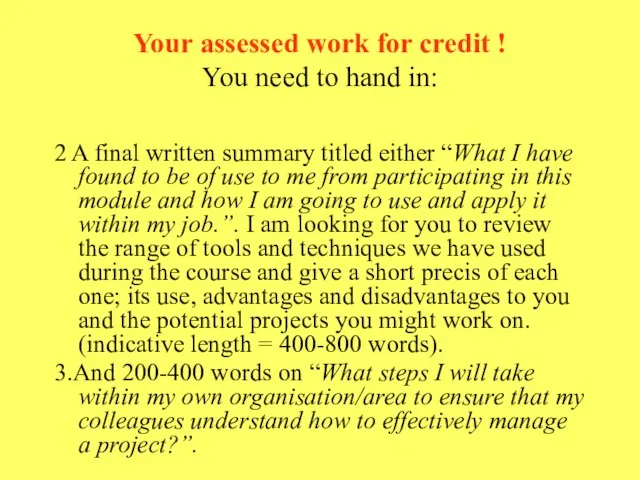
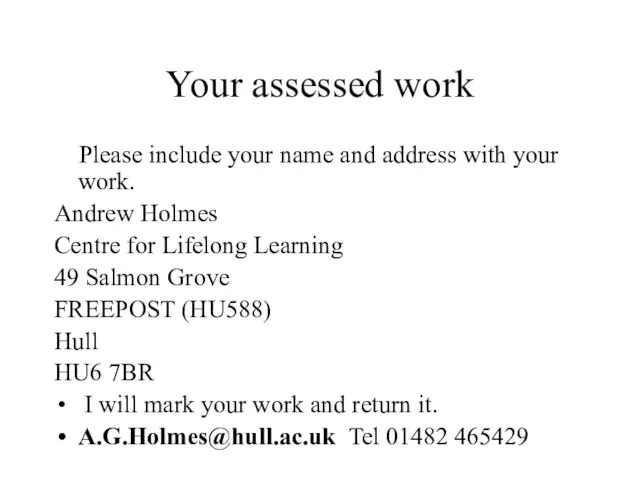
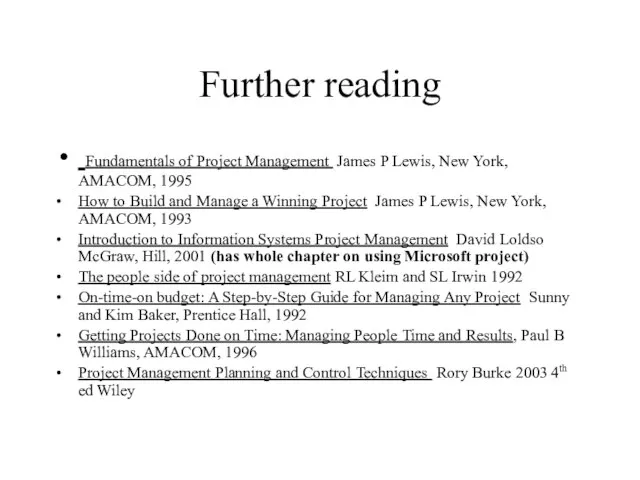
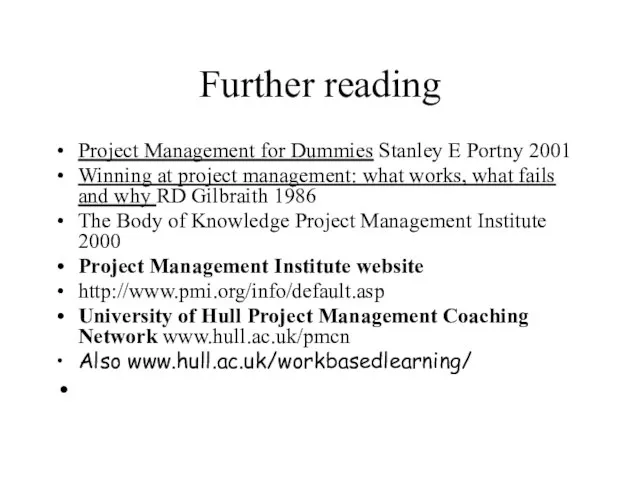
 ГБОУ средней школы №229
ГБОУ средней школы №229 Сельский клуб д. Разгорт. Игровая программа Тили –тили –тили бом, вместе все мы строим дом!
Сельский клуб д. Разгорт. Игровая программа Тили –тили –тили бом, вместе все мы строим дом! The Importance of the User Interface The Essential
The Importance of the User Interface The Essential общество
общество Музей школы 1283
Музей школы 1283 Психология менеджмента
Психология менеджмента Who is Maui
Who is Maui  ХИМИЧЕСКИЙ ФАКУЛЬТЕТ Кафедра неорганической и биоорганической химии Руководитель: д.х.н., профессор Тырков Алексей Георгиеви
ХИМИЧЕСКИЙ ФАКУЛЬТЕТ Кафедра неорганической и биоорганической химии Руководитель: д.х.н., профессор Тырков Алексей Георгиеви Основы строительных конструкций. Лекция 1 (1)
Основы строительных конструкций. Лекция 1 (1) Ivy League colleges and universities in close up
Ivy League colleges and universities in close up Сравнения
Сравнения Газировка Ланкевич
Газировка Ланкевич Проблемно-диалогическое обучение
Проблемно-диалогическое обучение Раскрытие голоса как качества личности
Раскрытие голоса как качества личности Лагерь «Дружба»
Лагерь «Дружба» Нейтрализаторы. Где устанавливаются
Нейтрализаторы. Где устанавливаются Что изменилось в отчетности за 9 месяцев: Декларация по НДС и прослеживаемость товаров
Что изменилось в отчетности за 9 месяцев: Декларация по НДС и прослеживаемость товаров С днём 8 марта. Шаблон
С днём 8 марта. Шаблон Изучение положительных и отрицательных сторон медиаобразования детей дошкольного возраста в ДОУ и семье
Изучение положительных и отрицательных сторон медиаобразования детей дошкольного возраста в ДОУ и семье Дуэль в русской литературе
Дуэль в русской литературе Оценка затрат на автоматизацию тестирования
Оценка затрат на автоматизацию тестирования В загадочном мире ткани…
В загадочном мире ткани… Игра Кто хочет стать миллионером
Игра Кто хочет стать миллионером 7 урок
7 урок Психопатологическая семиотика. Практическое занятие №3
Психопатологическая семиотика. Практическое занятие №3 Организационное поведение. Восприятие
Организационное поведение. Восприятие История Урала
История Урала Цветок – орган генеративного размножения
Цветок – орган генеративного размножения